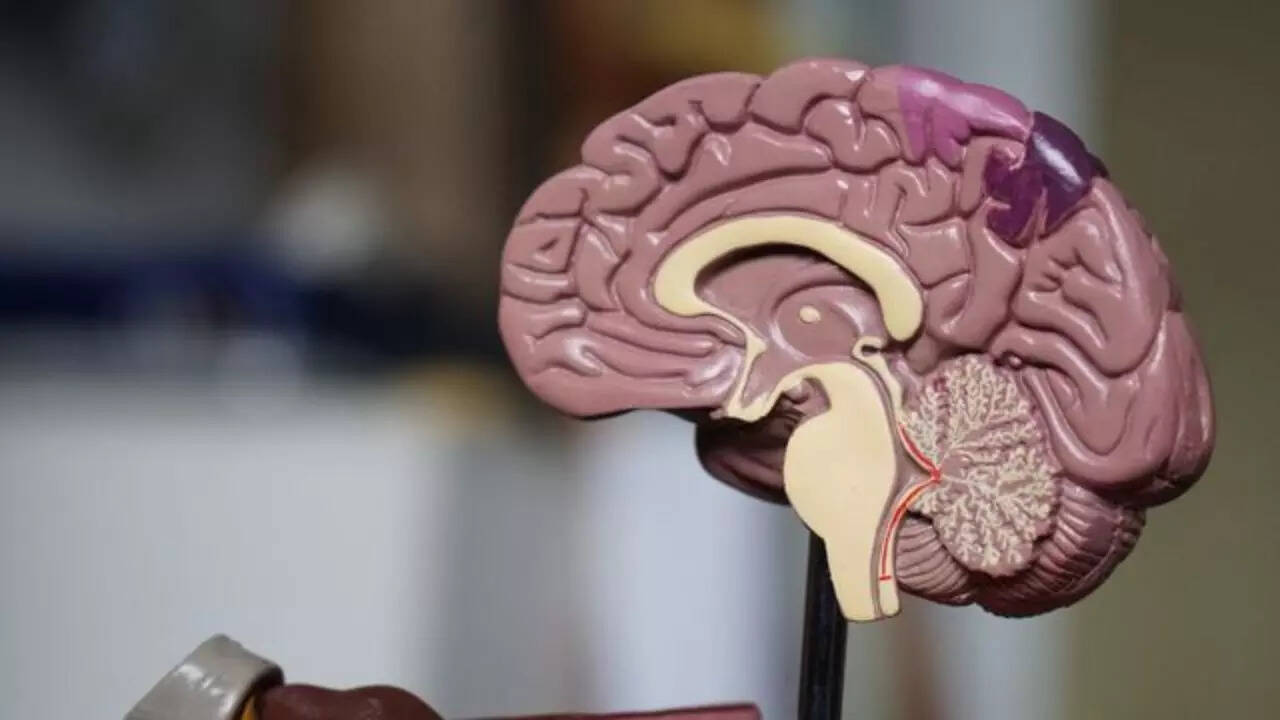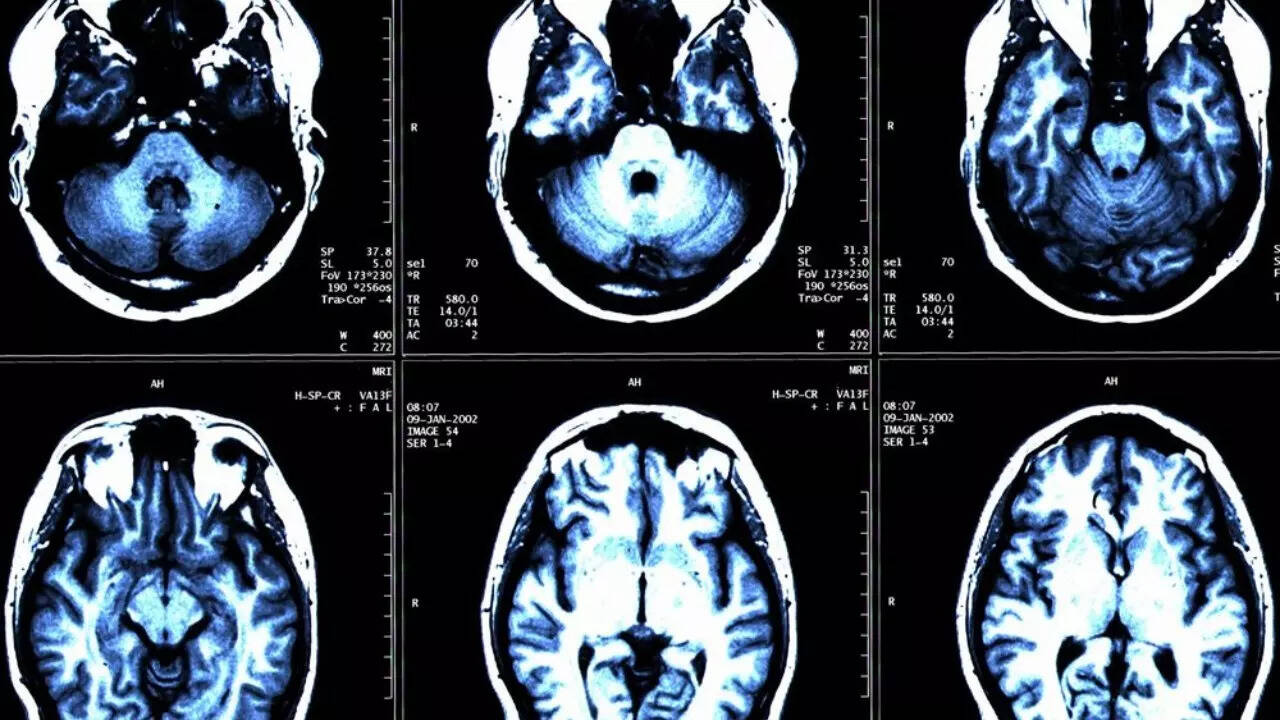ARTICLE AD BOX

You must have heard this warning call from elders: don’t get hit in the head, it won’t do any good in the future. Turns out they were right all along.A groundbreaking new study has shed light on a troubling link: moderate to severe head injuries may elevate the risk of later developing brain cancers.
Recent research, including a large-scale analysis of over 75,000 individuals with traumatic brain injuries (TBIs), shows that those with moderate to severe injuries have a significantly higher likelihood of malignant brain tumors compared to uninjured individuals.With behaviors such as contact sports, falls, and accidents still common, understanding this connection is vital – not to spark alarm, but to encourage awareness and informed medical follow-up.Want to know more? Read on.
Head injuries and brain cancer risk: What does new evidence say
A study analyzed health data from more than 75,000 participants between 2000 and 2024, tracking individuals who had experienced mild, moderate, or severe TBIs. The results were striking: for those with moderate to severe TBIs, 0.6% developed malignant brain tumors within three to five years post-injury, compared to a notably lower percentage in individuals with no such history. Mild TBIs, on the other hand, did not increase cancer risk.
These findings echo previous research. A 2024 veteran-focused study following nearly two million US service members found that moderate/severe TBI nearly doubled the risk, while penetrating TBI more than tripled it, compared to those without head injuries.

Although the absolute number of cancer cases remained low, the dose–response relationship to injury severity was clear.Evidence isn't limited to veterans or one hospital system. A hospital-based case-control study in Afghanistan observed that individuals with a history of head injury had 2.6 times higher odds of brain tumor compared to those without such injuries.Similarly, in Rio de Janeiro, Brazil, a study showed a 1.49-fold increased risk, with a stronger relationship seen as the number of head injuries rose.A large international study also linked male meningioma cases to past head injuries, most notably with a risk increase of 5.4-fold when the injury occurred 15 to 24 years prior.
How do head injuries lead to cancer?
Research states the link between head injuries and a higher risk of developing brain cancer. But how is it possible?

Scientists are beginning to uncover biological mechanisms behind the observed links.
After a head injury, a process of inflammation and altered cell behavior may prompt certain brain cells, like astrocytes, to regress into more stem cell-like states. If genetic mutations are already present, these cells may be more likely to mutate into cancerous forms over time.Researchers at University College London (UCL) found that in mice, traumatic brain injury combined with loss of the tumor-suppressor gene p53 can turn normal brain support cells (astrocytes) into stem-like cells that multiply and may become cancerous.Additionally, a meta-analysis across multiple epidemiological studies found a moderate elevation in the overall risk of brain tumors, particularly gliomas and meningiomas, after head trauma, though confidence intervals varied.
Not all brain tumors and injuries are equal
Although the study reveals a concerning link between head injuries and the risk of developing brain cancer, it’s important to note that not every type of brain tumor is linked to head injuries. For instance, population-based research in Taiwan found no association between head trauma and meningioma development. Moreover, though rare, head injuries are also known to raise dementia risk, not cancer, highlighting that different damage pathways may lead to distinct outcomes.
The road ahead
Although the risk remains low in absolute terms, the consistent patterns across different studies suggest a genuine association between serious TBIs and later brain cancer risk. The combination of epidemiological data and molecular evidence points to inflammation and genetic mutation working together to turn injured cells into tumor-initiating ones.These findings highlight the importance of long-term medical follow-up for individuals with significant TBIs. They also call attention to the critical need for protective measures, whether in conflict zones, sports, or everyday life, and for heightened vigilance among medical professionals when monitoring patients post-injury.
Study finds why men face higher risk of most types of cancer than women



.png)
.png)
.png)
















 4 hours ago
1
4 hours ago
1









 English (US) ·
English (US) ·